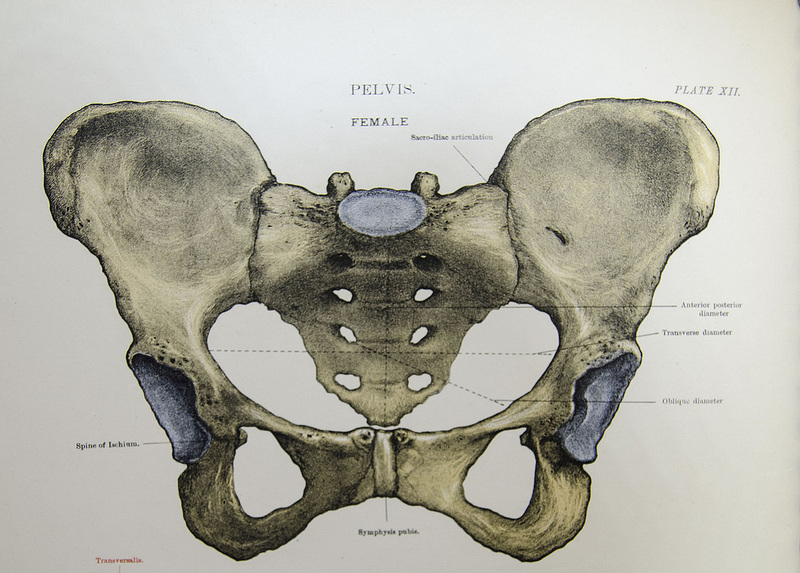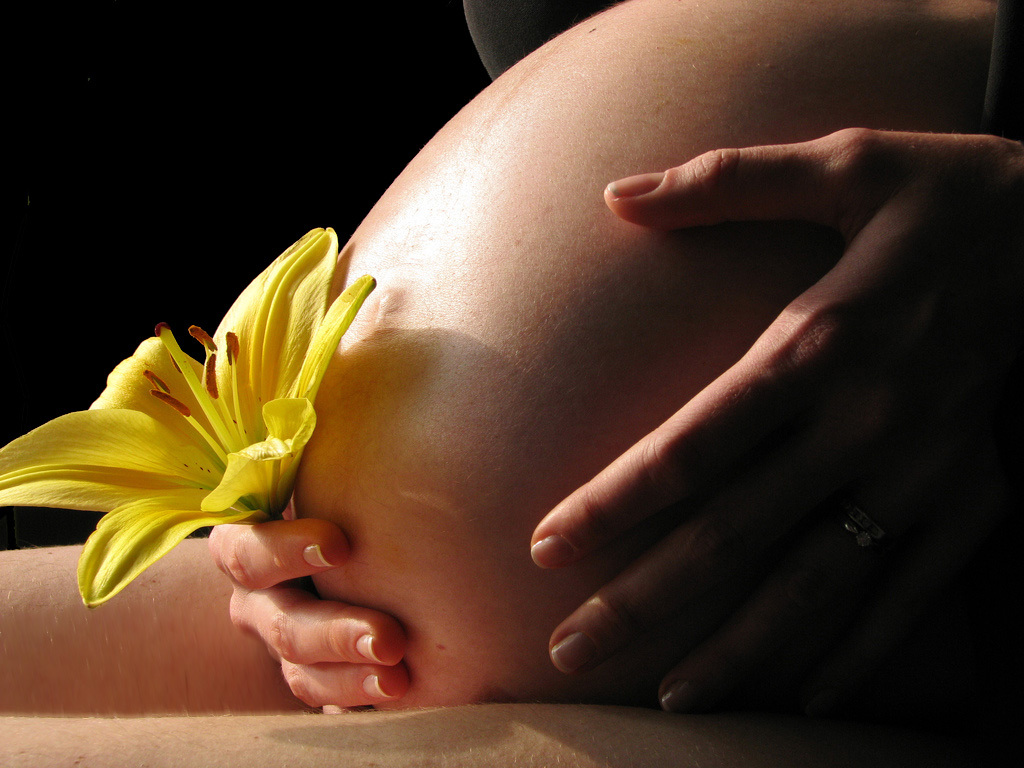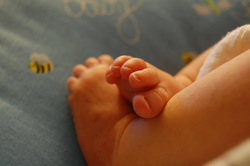Mechanical Infertility Systematic Study: a Randomized Multicenter Pilot Study of Manual Therapy Interventions for Females with Somatic Pelvic Dysfunction and Infertility
|
Infertility is defined by the CDC as the inability to conceive after one year of unprotected intercourse. Current treatments consist of hormone therapy, intra-uterine insemination and in-vitro insemination. These options are expensive, not necessarily covered by insurance, and carry different levels of short-term and long-term health risks such as multiple births and an increased rate of ovarian cancer. Many of the issues that contribute to infertility can be traced to scar tissue and lymphatic congestion in the pelvic region. These issues could make it difficult to either conceive or continue a pregnancy. Just as each joint in the body has its range of motion, so do each of the organs. The uterus must respond to changes in position, the bladder filling, and food moving through the intestines. It is supported by ligaments and tension in those ligaments can alter the position and range of motion of the uterus. Manual therapy techniques exist to release scars, to mobilize tight ligaments, and to drain congested lymphatics, all of which can be done to the reproductive system.
A case series report was published in 2012 which employed these techniques to treat infertility. After receiving an average of 3.5 visits, 6 out of 10 of the women treated were able to conceive within 3 months after finishing treatments. All 6 of the women gave birth to healthy babies. |
Who is Eligible?
|
Clinic SitesEvolution Medical Associates
604 Druid Rd E. Clearwater, FL 33756 * approved through Nova Southeastern University Inner Dynamics Toms River LLC 167 Route 37 West Unit 2 Toms River, NJ 08755 *approved through Nova Southeastern University Joint Effort Manual PT 549 N. Wymore Road Suite 108 Maitland, Florida 32751 * approved through Nova Southeastern University Back to Life Physical Therapy, Inc. SF Office 329 Bryant Street, Ste. 2A San Francisco, CA 94107 Oakland Office: 403 49th Street Oakland, CA 94609 * approved through Nova Southeastern University |
TreatmentsTreatments are once a week for 4 weeks, then once a month for 2 months.
There is a 3 month follow up period after treatments end. Two types of hands on treatments are being tested. |
Transgender Pelvic Health Survey:
' 50% of the sample reported having to teach their medical providers about transgender care.
- 2010 Nation Transgender Discrimination Survey Report on Health and Health Care
Research like the one cited above shows that transgender individuals often experience barriers to health care. When patients have to teach care providers about their bodies, health care is suboptimal, and this situation could be resolved by increasing the knowledge of health care providers about transgender health-related issues. Unfortunately, there isn't yet adequate transgender pelvic health research (pelvic physical therapy, urology, gynecology) available to health care providers. This survey aims to start to changing change that.
This study, approved by Nova Southeastern University, seeks to make connections between bladder, bowel, and sexual pelvic health issues and social, hormonal, surgical, and behavioral concerns that are specific to the trans, intersex, and genderqueer populations. We hope this new research will:
• Generate data that allows care providers to more accurately identify pelvic health risks and improve diagnostic procedures.
• Create better care plans by linking transgender pelvic health concerns to similar patterns in the cisgender population currently receiving evidence-based treatment.
• Identify specific gaps in knowledge of transgender pelvic health issues that require further research.
This study has completed and is currently being written up for publication. If you participated, thank you so much for your time. A link to the published research will be posted here.
Research team:
Heather Edwards, DPT [email protected]
Alicia Fernandez-Fernandez, DPT, PhD
Mary Ellen Kramp, DPT, CLT-LANA
' 50% of the sample reported having to teach their medical providers about transgender care.
- 2010 Nation Transgender Discrimination Survey Report on Health and Health Care
Research like the one cited above shows that transgender individuals often experience barriers to health care. When patients have to teach care providers about their bodies, health care is suboptimal, and this situation could be resolved by increasing the knowledge of health care providers about transgender health-related issues. Unfortunately, there isn't yet adequate transgender pelvic health research (pelvic physical therapy, urology, gynecology) available to health care providers. This survey aims to start to changing change that.
This study, approved by Nova Southeastern University, seeks to make connections between bladder, bowel, and sexual pelvic health issues and social, hormonal, surgical, and behavioral concerns that are specific to the trans, intersex, and genderqueer populations. We hope this new research will:
• Generate data that allows care providers to more accurately identify pelvic health risks and improve diagnostic procedures.
• Create better care plans by linking transgender pelvic health concerns to similar patterns in the cisgender population currently receiving evidence-based treatment.
• Identify specific gaps in knowledge of transgender pelvic health issues that require further research.
This study has completed and is currently being written up for publication. If you participated, thank you so much for your time. A link to the published research will be posted here.
Research team:
Heather Edwards, DPT [email protected]
Alicia Fernandez-Fernandez, DPT, PhD
Mary Ellen Kramp, DPT, CLT-LANA




